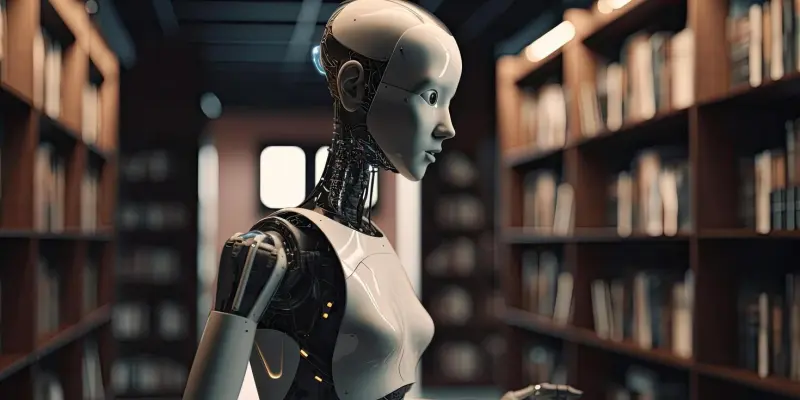In recent years, the integration of Artificial Intelligence into classroom settings has sparked a significant debate over its implications and potential risks. This growing trend raises the critical question of whether we are becoming too dependent on AI in education. The promise of personalized learning, efficiency improvements, and innovative teaching methods is undoubtedly alluring. However, it is essential to scrutinize the potential downsides carefully. One major concern revolves around dependency risks, where reliance on AI might reduce meaningful teacher-student interactions and devalue traditional teaching methods that have long formed the backbone of effective education.
Quality of education stands at the forefront of this debate. Critics argue that AI might oversimplify educational approaches, leading to a one-size-fits-all methodology that fails to cater to individual student needs. Personalized education requires addressing nuances and complexities unique to each learner, a task difficult for AI to replicate fully. Consequently, essential aspects of personalized learning might be overlooked, raising questions about the overall effectiveness of AI-driven educational tools. Furthermore, the extensive use of AI necessitates significant data collection, prompting concerns about student privacy and data security. In fact, protecting students’ sensitive information becomes a paramount issue when integrating AI technologies in educational environments.
Another area of concern is the potential gap that might arise in the development of crucial human skills, such as critical thinking and emotional intelligence. While AI can efficiently manage data and automate certain tasks, it cannot replace the intrinsic value of human interaction and the development of these essential skills. The over-reliance on AI might result in students lacking these competencies, which are vital for success beyond academic environments. Equity issues also emerge within this discussion. Not every educational institution possesses the resources necessary to implement sophisticated AI technologies seamlessly. Schools with limited resources might struggle to integrate AI effectively, thereby widening the digital divide and exacerbating existing educational inequalities.
Analyzing overarching trends, it becomes evident that the integration of AI in classrooms brings a mix of excitement and caution. Embracing AI holds the potential to revolutionize education through innovative teaching methods and administrative efficiencies. However, this progress must be balanced with a human-centric approach that preserves the essence of education. By ensuring that AI complements rather than replaces traditional teaching methods, educators can foster a well-rounded educational experience. A moderated and thoughtful use of AI in classrooms supports this balanced narrative, emphasizing the importance of maintaining meaningful teacher-student interactions.
In summary, while AI offers promising advancements for the future of education, over-reliance on it poses significant risks that educators and policymakers must address. A cautious, well-regulated approach is essential to harness the benefits of AI without compromising the quality of education. By prioritizing data privacy, skill development, and equitable access to technology, we can create an educational system that effectively integrates AI while maintaining the human touch that is fundamental to learning. Through careful implementation and ongoing evaluation, AI can serve as a valuable tool that supports, rather than undermines, the educational process.

